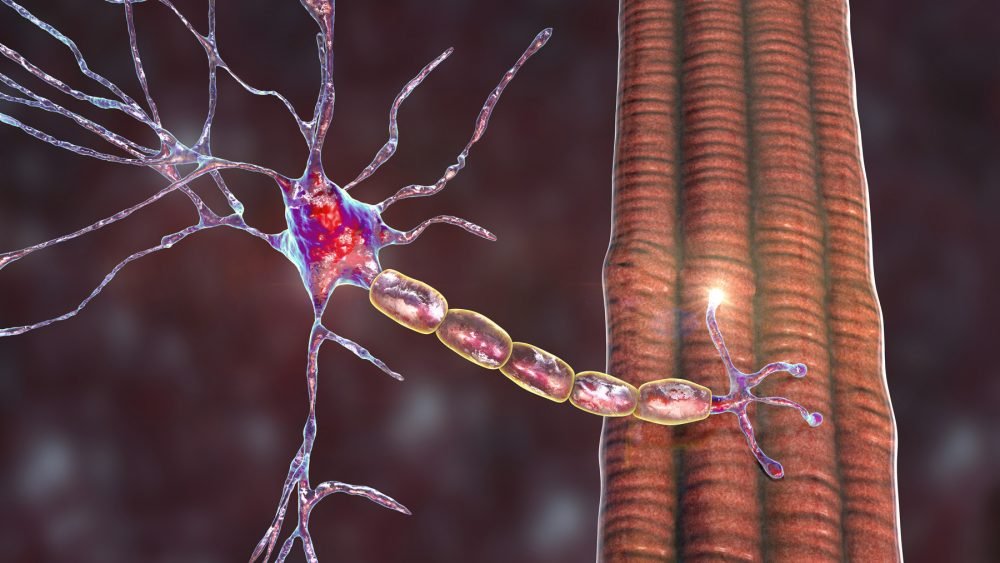Advertisment
Breakthrough in understanding motor neuron disease

Researchers at Trinity College Dublin have made a major discovery in understanding motor neuron disease (MND). The research team has found that MND has 4 distinct patterns of changes in electrical signals that can be identified using EEG (electroencephalography).
This breakthrough will be extremely valuable in identifying patients for clinical trials and will assist in finding new treatments for this devastating disease.
The study has been published online in the journal Brain.
MND is a devastating condition which causes progressive paralysis, changes in thinking, increasing physical disability and ultimately death within an average of two to three years. There are over 500 people in Ireland with MND, and one person is diagnosed every 3 days with the condition. There is currently no effective treatment.
While trials of new drugs are being undertaken, MND is known to be very heterogeneous with different patterns of disability and life expectancy. Predicting in advance the pattern of disability and life expectancy is one of the major challenges in designing modern clinical trials.
The world class electrical signal analysis research developed within Trinity College has discovered different patterns of brain network disruption reflect the underlying disease process. The Trinity researchers have now shown that these patterns of brain network disruptions in MND cluster into 4 distinct subtypes that are predictive of how the disease progresses. The team’s findings move the Trinity researchers one step closer to building better and more effective treatments for different sub-categories of the disease.
The work was performed by Mr Stefan Dukic, a PhD student within the Academic Unit of Neurology at Trinity, under the supervision of Dr Bahman Nasseroleslami, Fr Tony Coote Assistant Professor in Neuroelectric Signal Analysis.
Dr Bahman Nasseroleslami said:
Understanding how brain networking is disrupted in MND has been the focus of our research for the past 10 years. This work show that we are on the right track, and that the technologies we have developed to capture electrical activity in the brain can identify important differences between different patient groups.
Professor Orla Hardiman, Professor of Neurology and a world leader in MND research said:
This is a very important and exciting body of work. A major barrier to providing the right drug for the right patient in MND is the heterogeneity of the disease. This breakthrough research has shown that it is possible to use patterns of brain network dysfunction to identify subgroups of patients that cannot be distinguished by clinical examination. The implications of this work are enormous, as we will have new and reliable ways segregate patients based on what is really happening within the nervous system in MND.
Journal Reference:
- Stefan Dukic, Roisin McMackin, Emmet Costello, Marjorie Metzger, Teresa Buxo, Antonio Fasano, Rangariroyashe Chipika, Marta Pinto-Grau, Christina Schuster, Michaela Hammond, Mark Heverin, Amina Coffey, Michael Broderick, Parameswaran M Iyer, Kieran Mohr, Brighid Gavin, Russell McLaughlin, Niall Pender, Peter Bede, Muthuraman Muthuraman, Leonard van den Berg, Orla Hardiman, Bahman Nasseroleslami. Resting-state EEG reveals four subphenotypes of amyotrophic lateral sclerosis. Brain, 2021; DOI: 1093/brain/awab322





